#orlok x ellen
Explore tagged Tumblr posts
Text






NOSFERATU (2024) — dir. Robert Eggers
#nosferatu#ellen hutter#nosferatu 2024#nosferatuedit#lily rose depp#horroredit#filmedit#horror#robert eggers#bill skarsgård#gifs#byzil#ellen x orlok#orlok x ellen#ellenorlok#userpayel#userlera#uservix#junkfooddaily#userallisyn#count orlok#orlok#nosferatu movie
8K notes
·
View notes
Text
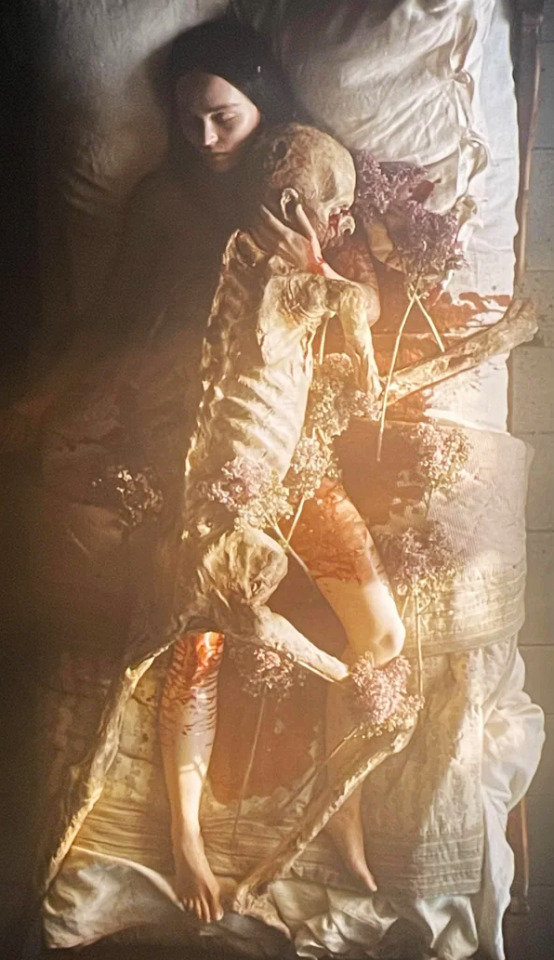

Nosferatu (2024) dir. Robert Eggers
Death and Life (1894) by Edvard Munch
#nosferatu#nosferatu 2024#death and the maiden#art#parallels#horror#edvard munch#cinematic parallels#art parallels#comparatives#gothic#gothic horror#demon lover#dark eroticism#orlok x ellen#ellen x orlok#count orlok#ellen hutter#vampires#my posts#nosferatu spoilers
2K notes
·
View notes
Text

do youuu, ellen hutter, take this foul blood-sucking beast to be your unlawfully wedded husband
#my art#nosferatu#nosferatu 2024#ellen x orlok#count orlok#ellen hutter#orlok x ellen#ellok#this fuckin movie brah...#ofc I ship them#who could have ever seen that coming
1K notes
·
View notes
Text

Count Orlok x Ellen 🖤 (Nosferatu)
Repost with artist permission! Original by Niribaki3 on X.
#nosferatu#vampires#nosferatu 2024#robert eggers#count orlok#lily rose depp#dracula#vampires art#nosferatu art#dark horror#death and the maiden#horror art#count orlok x ellen#nosferatu x ellen#dark romance#dark horror art#artist on twitter#digital art#horror#art#orlok x ellen#bill skarsgård#dracula art#vampires media
1K notes
·
View notes
Text







You are a deceiver. You deceive yourself. I was but an innocent child. And thought you I would not return? Thought you I would not?
NOSFERATU — 2024, dir. Robert Eggers
#nosferatuedit#nosferatu#nosferatu 2024#ellenorlok#ellen hutter#count orlok#filmedit#horroredit#horrorfilmgifs#filmgifs#filmdaily#dailyflicks#cinematv#cinemapix#filmtvcentral#fyeahmovies#cinematicsource#cinemasource#ellen x orlok#orlok x ellen#movies#nosferatu (2024)#mine
1K notes
·
View notes
Text
Seeing the reactions to the Orlok & Ellen relationship is when I realized that gothic romance is really being disowned these days to simply portray it as the worst forms of abuse. Seeing people often say that Wuthering Heights and Jane Eyre aren't romances was already a big clue, but seeing firsthand how people must receive gothic romance with the recent release of Nosferatu hits me even harder. Not only is media literacy dying, but a genre of literature and romance seems to be dying as well.
#nosferatu 2024#nosferatu#ellok#ellen x orlok#orlok x ellen#ellen hutter#count orlok#orlok#wuthering heights#jane eyre#gothic romance
1K notes
·
View notes
Text

“he [young orlok] was a sorcerer back in his time, solomonar”
#nosferatu 2024#nosferatu fanart#nosferatu art#nosferatu#ellen nosferatu#ellen hutter#count orlok#orlok#ellen x orlok#orlok x Ellen#thomas hutter#friedrich harding#robert eggers#bill skarsgård#lily rose depp#nicholas hoult
756 notes
·
View notes
Text



Heathcliff and Catherine | Count Orlok and Ellen Hutter
Emily Brontë’s “Wuthering Heights” inspiration on “Nosferatu” (2024), as confirmed by Robert Eggers
#Nosferatu 2024#Wuthering Heights#Robert Eggers#Ellen Hutter 2024#Count Orlok 2024#catherine x heathcliff#orlok x ellen#ellen x orlok#lilac fangs
1K notes
·
View notes
Text

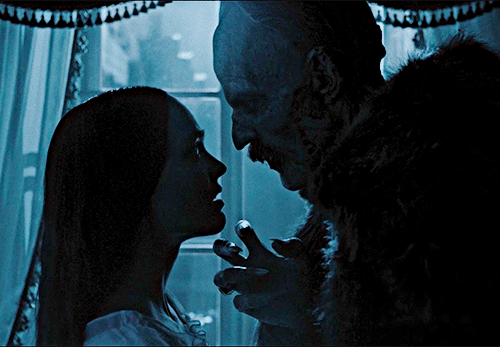



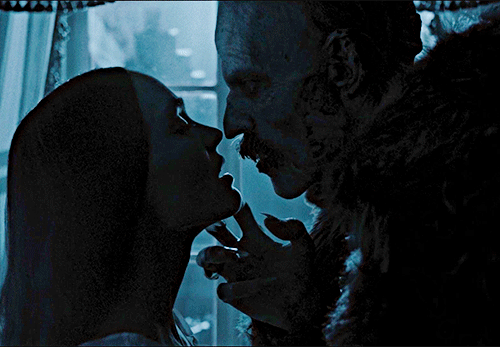
NOSFERATU (2024) dir. Robert Eggers
#nosferatu#nosferatu 2024#nosferatuedit#ellen hutter#count orlok#movieedit#lily rose depp#bill skarsgard#nosferatu spoilers#filmedit#filmgifs#moviegifs#horroredit#userchristineb#dailyflicks#usertj#junkfooddaily#useremory#tuserdana#userscary#horrorgifs#tuserbailey#userbbelcher#chewieblog#useranimusvox#userairi#userangelic#userstream#ellen x orlok#orlok x ellen
965 notes
·
View notes
Text

saw Emma saying in a interview (don’t remember which) that they remember seeing Bill in full Count Orlok makeup and adidas pants… yeah i don’t have much more context for this besides thinking it’s funny
#lilac fang#nosferatu#count orlok#ellen hutter#ellen x orlok#orlok x ellen#nosferatu 2024#ellok#domestic freaks#yes this leopard print fit actually exist#hey i’m BACK back now
568 notes
·
View notes
Text

People criticizing Nosferatu for 'romanticizing abuse' don’t seem to understand the essence of Gothic romance and literature. These stories aren't meant to make you feel comfortable or align with conventional morality. Gothic romance thrives in the tension between beauty and horror, weaving together the sublime and the grotesque to evoke emotions that are complex, raw, and hauntingly human. It’s not about endorsing behavior—it’s about exploring the darker corners of desire, fear, and the human condition. 🖤💀🪻
#gothic romance#nosferatu 2024#count orlok#death and the maiden#gothic cinema#dark romance#monster husband#robert eggers#vampire fiction#gothic literature#vampire boyfriend#gothic horror#dark romanticism#orlok x ellen#ellen x orlok#ellenorlok#ellok#lilac fang
726 notes
·
View notes
Text


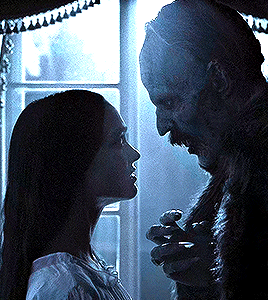
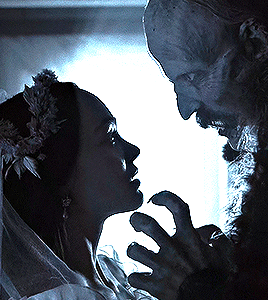








NOSFERATU (2024) — dir. Robert Eggers
#nosferatu#ellen hutter#nosferatu 2024#nosferatuedit#lily rose depp#horroredit#filmedit#horror#nosferatu movie#robert eggers#bill skarsgård#gifs#byzil#ellen x orlok#orlok x ellen#ellenorlok#userpayel#userlera#uservix#junkfooddaily#userallisyn#count orlok#orlok
3K notes
·
View notes
Text

if there were iphones in nosferatu (2024) ellen would have just been receiving shit like this the whole movie
#kittyposting#nosferatu#nosferatu 2024#robert eggers#ellen hutter#count orlok#nosferatu movie#ellok#orlok x ellen#ellen x orlok#orlok#who and me#btw#greatest hits#600+ notes
727 notes
·
View notes
Text




commission for @enchantedchocolatebars / @iputhepinprincess ! 🐀 🦇 🥀 🕯 🪦 🩸
#Nosferatu#Nosferatu fanart#count orlok#Ellen hutter#Nosferatu 2024#Orlokellen#Ellenorlok#Orlok x ellen#Ellen x Orlok#digital art#my art#artists on tumblr#artwork#commissions open#art#cute art#doodle#illustration#digital illustration#Vampire
399 notes
·
View notes
Text
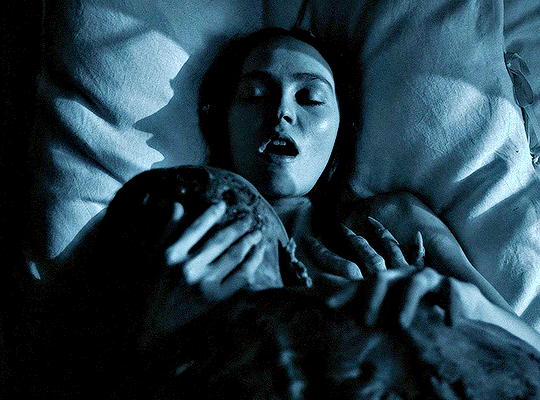
I am fragile and unholy. Open. Ravage. Eat. — Tanaka Mhishi, Literary Sexts II
#nosferatu#nosferatu 2024#nosferatuedit#lily rose depp#horroredit#filmedit#horror#robert eggers#bill skarsgård#gifs#quotes#ellen x orlok#orlok x ellen#ellenorlok#writers on tumblr#count orlok#orlok#nosferatu movie#ellen hutter#red frames golden words
471 notes
·
View notes
Text
"Ellen likely was in love with Count Orlok, though it was an unhealthy and parasitic form of love."

543 notes
·
View notes